Introduction
Welcome to the world of ceiling decorative tiles! If you are looking to enhance the aesthetic appeal of your home or office, you’re in the right place. Having recently renovated my own living room, I discovered how much of a difference ceiling decorative tiles can make. They are not just practical but also artistic, allowing for unique personalization in every space. In this comprehensive guide, we’ll explore everything you need to know about ceiling decorative tiles, from types and styles to installation methods and maintenance.
What Are Ceiling Decorative Tiles?
Ceiling decorative tiles are ceiling treatments that can create a stunning visual focal point. Made from various materials, including plastic, metal, and plaster, these tiles come in a range of textures, designs, and colors. They can add depth and character to any room, transforming bland ceilings into works of art.
Types of Ceiling Decorative Tiles
Understanding the different types of ceiling decorative tiles is essential for making the right choice for your space. Here’s a breakdown of the most popular types:
1. Styrofoam Tiles
These lightweight tiles are easy to install and come in a variety of designs. They are also cost-effective, making them a popular choice for DIY enthusiasts.
2. Metal Tiles
Metal tiles, often made from aluminum or tin, add a modern, industrial look. They work well in kitchens and dining areas, reflecting light beautifully.
3. PVC Tiles
PVC (Polyvinyl Chloride) tiles are durable and water-resistant, making them ideal for bathrooms and basements. They’re available in an array of colors and finishes.
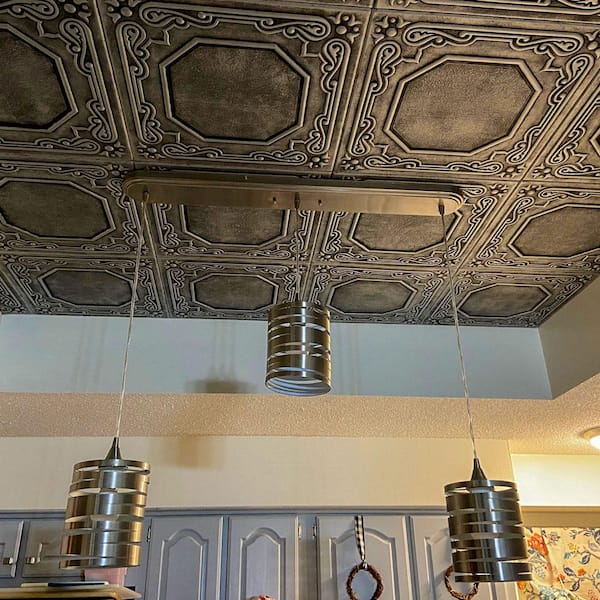
4. Plaster Tiles
For a more traditional look, plaster tiles provide intricate designs that can enhance classic and Victorian-style interiors. While they are more expensive, they offer timeless beauty and durability.
5. Acoustic Tiles
Acoustic tiles are designed to absorb sound, making them perfect for spaces where noise control is essential, like offices and recording studios.
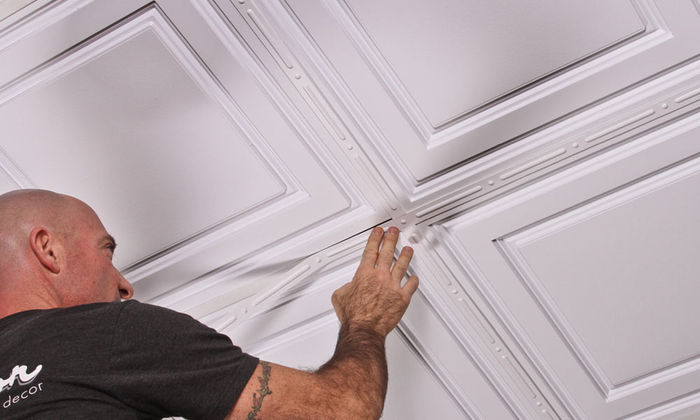
Benefits of Using Ceiling Decorative Tiles
There are numerous advantages to installing ceiling decorative tiles in your space:
- Aesthetic Appeal: Tiles come in many designs, allowing for creativity and personalization.
- Enhanced Property Value: Decorative ceilings can increase the value of your home.
- Sound Dampening: Acoustic tiles can improve sound quality within a space.
- Easy Installation: Many tiles are designed for simple installation, even for beginners.
- Low Maintenance: Most tiles are easy to clean and maintain.
How to Choose the Right Ceiling Decorative Tiles
Selecting the appropriate ceiling tiles involves several considerations:
1. Room Functionality
Consider how you use the space. For instance, if it’s a kitchen or bathroom, moisture-resistant tiles like PVC are ideal.
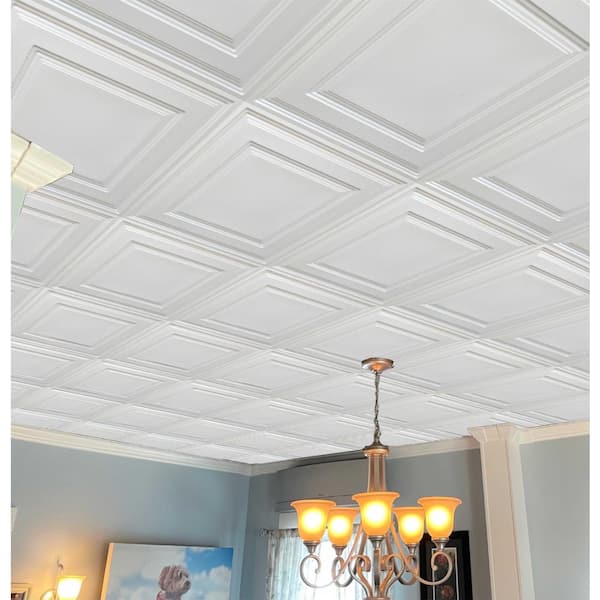
2. Style and Décor
Match the tiles with your existing décor. In my living room, I chose intricate plaster designs that complemented my vintage furniture beautifully.
3. Installation Method
Some tiles are easier to install than others. Styrofoam tiles are lightweight and can often be glued directly to the ceiling.

4. Budget
Set a budget beforehand. While some tiles can be expensive, there are plenty of affordable options that provide great aesthetics.
Installation Tips for Ceiling Decorative Tiles
Installing ceiling decorative tiles can be a rewarding DIY project. Here’s a step-by-step guide to help you through the process:
Step 1: Gather Your Materials
- Ceiling decorative tiles
- Adhesive (specific to tile type)
- Utility knife
- Measuring tape
- Level
- Paint (if necessary)

Step 2: Prepare the Ceiling
Ensure the ceiling is clean and dry. Remove any old ceiling decorations that may prevent adhesive bonding.
Step 3: Measure and Plan
Measure the ceiling area and plan your tile layout. It’s helpful to mark guidelines with a pencil or chalk line.
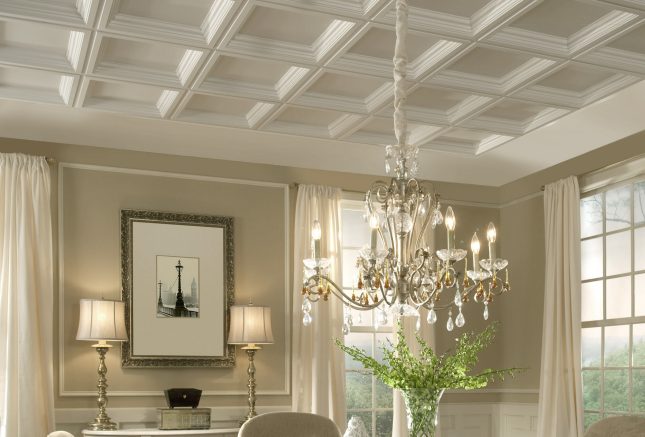
Step 4: Cut Tiles as Needed
Use a utility knife to cut tiles if necessary, especially when fitting around edges or fixtures.
Step 5: Apply Adhesive and Install Tiles
Apply the adhesive as per the manufacturer’s instructions, then press the tiles into place, ensuring they are level.
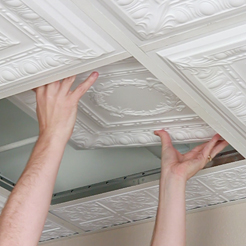
Step 6: Clean Up
Wipe off any excess adhesive and let your tiles cure as per the manufacturer’s recommendations.
Comparison of Popular Ceiling Decorative Tile Materials
| Material | Cost | Durability | Water Resistance | Installation Ease |
|---|---|---|---|---|
| Styrofoam | Low | Medium | No | Easy |
| Metal | Medium | High | Yes | Medium |
| PVC | Low to Medium | High | Yes | Easy |
| Plaster | High | High | No | Hard |
| Acoustic | Medium | Medium | Depends | Easy |
Pros and Cons of Ceiling Decorative Tiles
Pros
- Enhances visual appeal
- Variety of styles and materials
- Easy to install for DIYers
- Can mask imperfections in ceilings
- Noise reduction options available
Cons
- Some materials can be costly
- Tiles may require regular maintenance
- Not all tiles are water-resistant
- May not be suitable for all home styles
- Installation can be tricky for some materials
Care and Maintenance of Ceiling Decorative Tiles
To keep your ceiling decorative tiles looking great, regular maintenance is essential. Here are some tips:
1. Regular Cleaning
Dust and dirt can accumulate on tiles, so it’s helpful to dust them regularly with a soft cloth or vacuum cleaner attachment.
2. Avoid Harsh Chemicals
When cleaning, avoid using harsh chemicals that can damage the surface finish of the tiles.
3. Check for Damage
Periodically inspect tiles for any signs of damage, such as cracks or discoloration, and address issues promptly.
4. Repaint as Necessary
If your tiles are painted, consider repainting them every few years to refresh their look and maintain overall aesthetic appeal.
FAQs About Ceiling Decorative Tiles
What are the most popular materials for ceiling decorative tiles?
The most popular materials include Styrofoam, PVC, metal, and plaster, each offering unique aesthetics and benefits.
Can ceiling decorative tiles be painted?
Yes, most ceiling tiles can be painted. Ensure to use paint that is compatible with the tile material to achieve the best results.
Are ceiling decorative tiles easy to remove?
Generally, yes, but the ease of removal depends on the installation method. Tiles that are glued may require more effort to remove than those that are suspended.
Do decorative ceiling tiles help with insulation?
While they are not a primary insulator, acoustic tiles can slightly improve sound insulation and thermal regulation.
How do I know if I need to replace my ceiling tiles?
If you notice significant damage, persistent stains, or if they are outdated, it may be time to consider replacement.